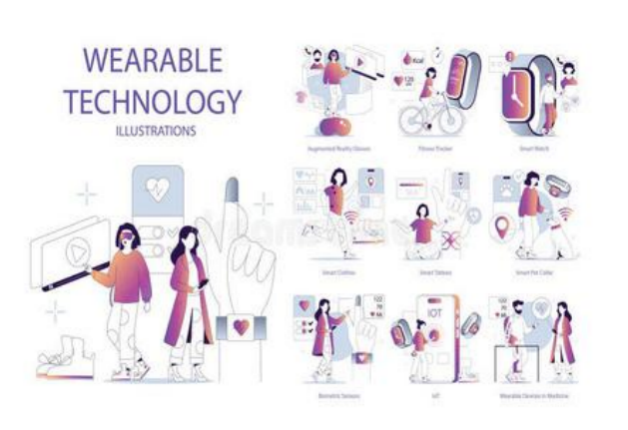
The deep application of digital technology is causing new security risks. With the penetration of intelligent systems into various fields, their potential risk control has become a focus of attention in the global technology community. In the current process of technological evolution, the game between prevention mechanisms and attack methods continues to escalate, prompting the industry to continuously optimize protection strategies.
Intelligent systems may encounter multiple threats during operation. Malicious users attempt to break through the preset security boundaries of the system through semantic reconstruction, instruction disguise, and other methods. These attack methods usually utilize the interactive characteristics of language models to induce the system to deviate from the normal response trajectory through multi-level induction. It is worth noting that certain special operating modes may unexpectedly open permission vulnerabilities, causing the system to perform operations beyond the preset range.
The formation of security vulnerabilities has multiple causes. The mismatch between the speed of technological iteration and the construction of protection systems, the contradiction between system openness and control strength, and the regulatory difficulty brought about by the diversity of user needs, collectively constitute the main challenges at present. Research shows that unverified intelligent systems have significant risk exposure when facing targeted attacks.
The industry is building a defense system from multiple dimensions. The hierarchical filtering mechanism establishes a dynamic review module to perform double checking on input and output content. A certain innovative solution adopts a rule-based matrix architecture to refine the security boundary into an adjustable parameter system, which not only maintains system flexibility but also ensures that key constraints are not breached.
The advancement of semantic analysis technology injects new momentum into security protection. The real-time monitoring system can identify hidden inducement instructions and block unconventional operation requests. In adversarial testing, the new defense module demonstrated strong anti-interference ability. The technical team continuously optimized the algorithm by simulating attack scenarios, resulting in a several fold increase in the system's security response speed.
The industry collaborative governance model is gradually taking shape. The multinational technology alliance is developing a universal protection framework aimed at establishing unified risk assessment standards. This framework integrates technologies such as semantic parsing and behavior prediction, and can adapt to intelligent systems of different architectures. The open source community has simultaneously launched a shared defense module to help small and medium-sized R&D teams quickly build basic protection systems.
Security enhancements may result in a compromised user experience. Overly conservative filtering mechanisms may misjudge normal requests and affect system service performance. An early version of a well-known system reduced its practicality due to overly cautious responses, prompting developers to seek a dynamic balance between security thresholds and functional openness.
The consumption of computing power has become a limiting factor. The stacked operation of multi-layer protection architecture significantly increases resource utilization, which puts pressure on system operating costs. Industry calculations show that a complete security module may increase overall energy consumption by more than 20%, which is driving the development process of energy efficiency optimization technology.
The adaptive security system has become a key focus of research and development. The new generation of protection technology is committed to achieving intelligent risk identification and response mechanisms, dynamically adjusting defense strategies through continuous learning of attack characteristics. This elastic mechanism can both respond to known threats and prevent new attack patterns.

The construction of a trusted computing framework is advancing. By embedding security verification into the underlying architecture of the system, the possibility of being breached is reduced from the root. Some research teams are attempting to combine blockchain technology with smart contracts to establish an immutable permission management system.
The construction of industry standards has entered the fast lane. The International Organization for Standardization is leading the development of technical ethics guidelines, requiring intelligent systems to have built-in basic protection modules. The new draft regulation emphasizes that any commercialized smart product must pass third-party security certification to ensure the effectiveness of core protection functions.
The synergy between technological ethics and business value has become a key issue. How to maintain technological innovation vitality while ensuring system security has become a common challenge faced by the industry. Experts suggest establishing an open collaboration platform to share attack and defense data and jointly enhance the overall protection level of the industry.

This offensive and defensive game around the security of intelligent systems is essentially a deep integration of technological development and social governance. Only by establishing a three-dimensional protection system of technology research and development, industry standards, and legal supervision can sustainable development in the era of intelligence be achieved. The future technological evolution will steadily move forward in the direction of safety and controllability, efficiency optimization, and ethical compliance.




